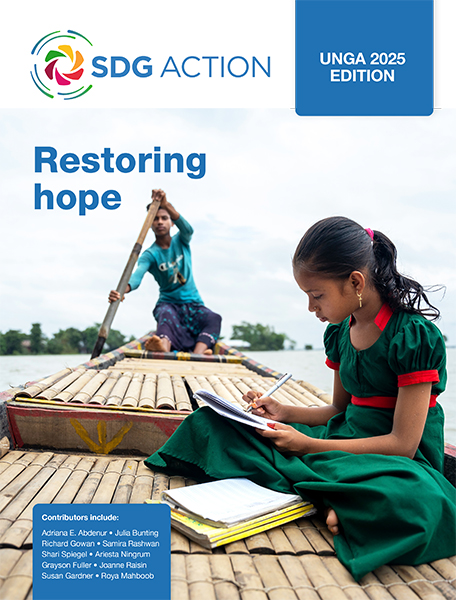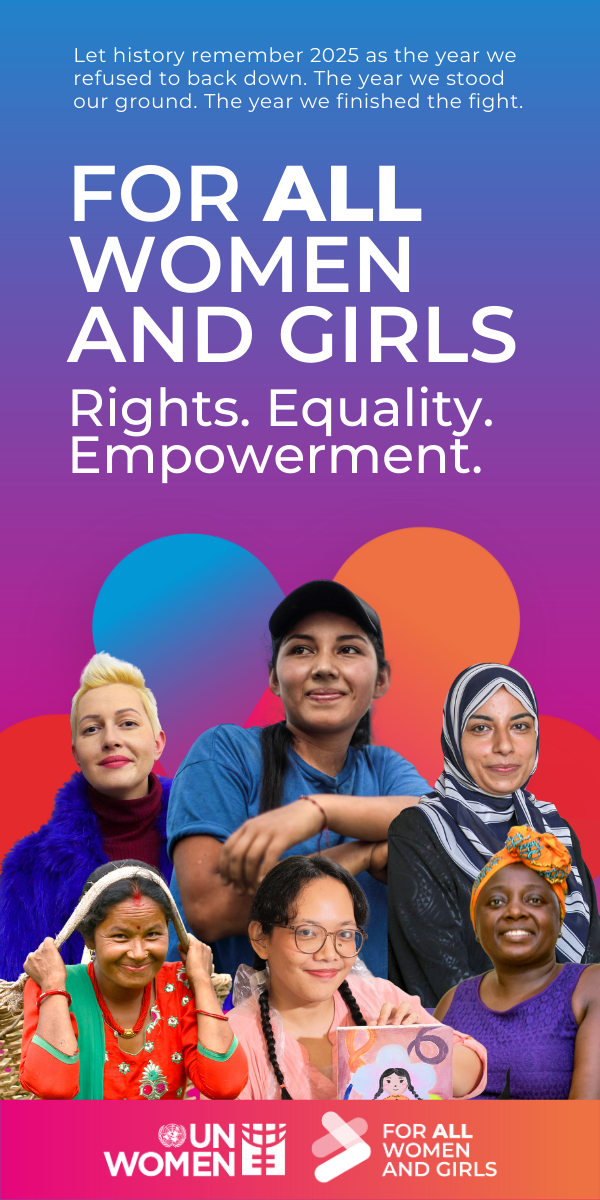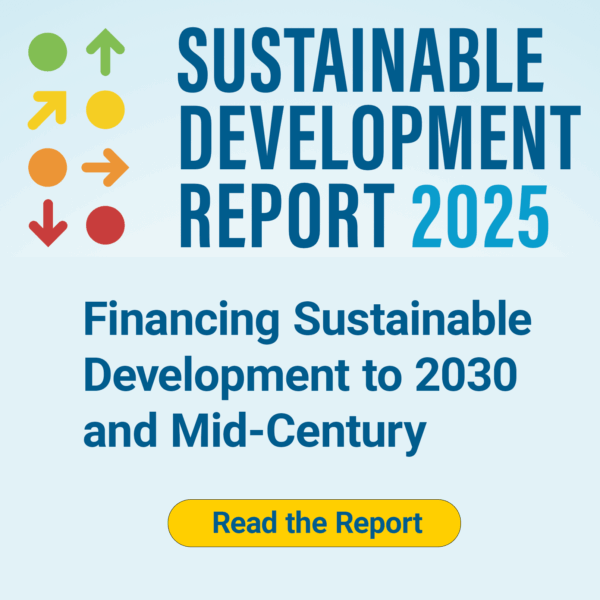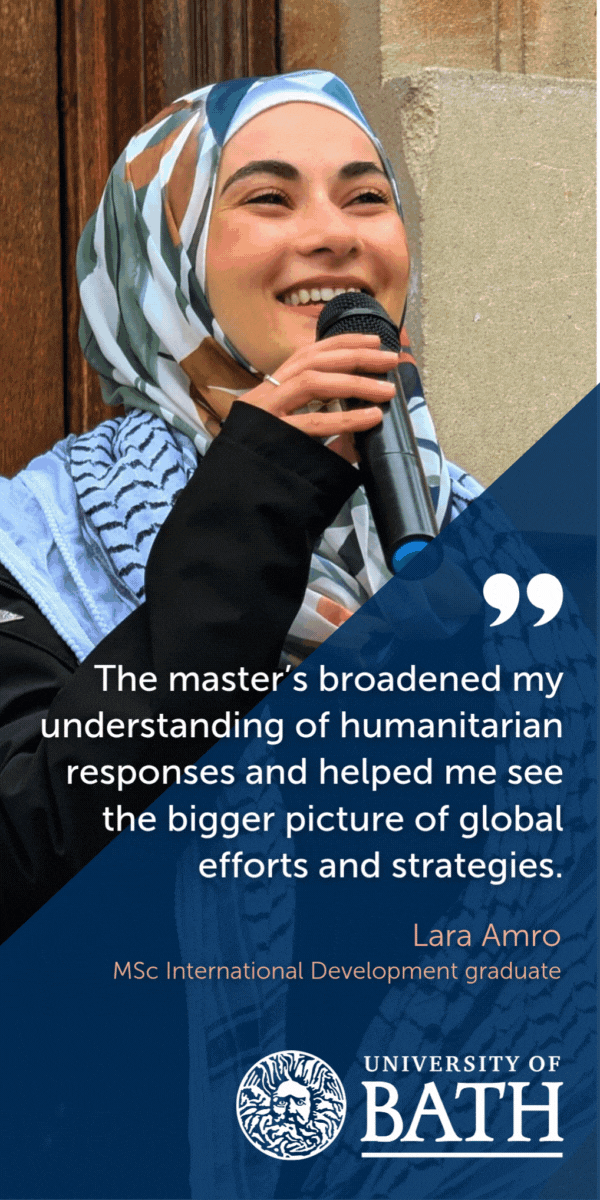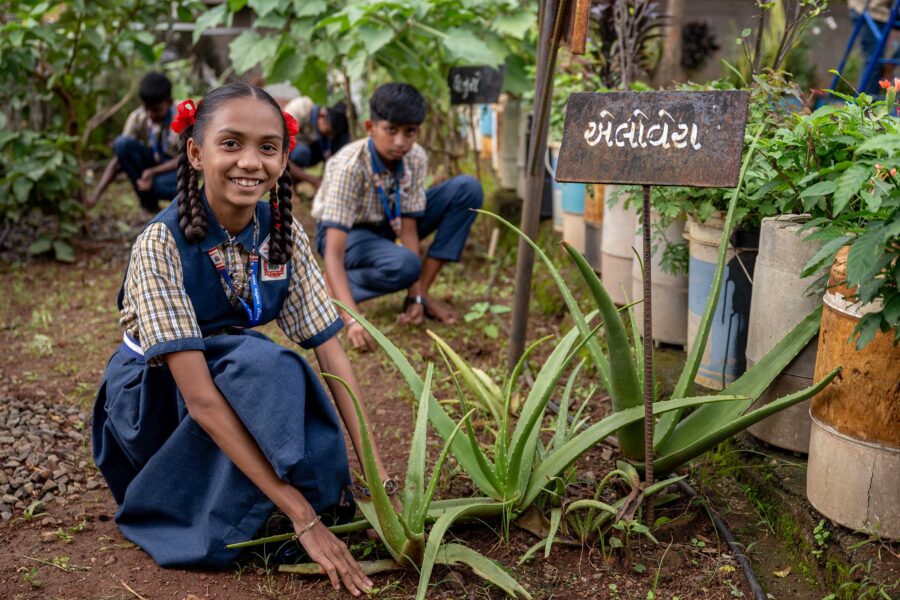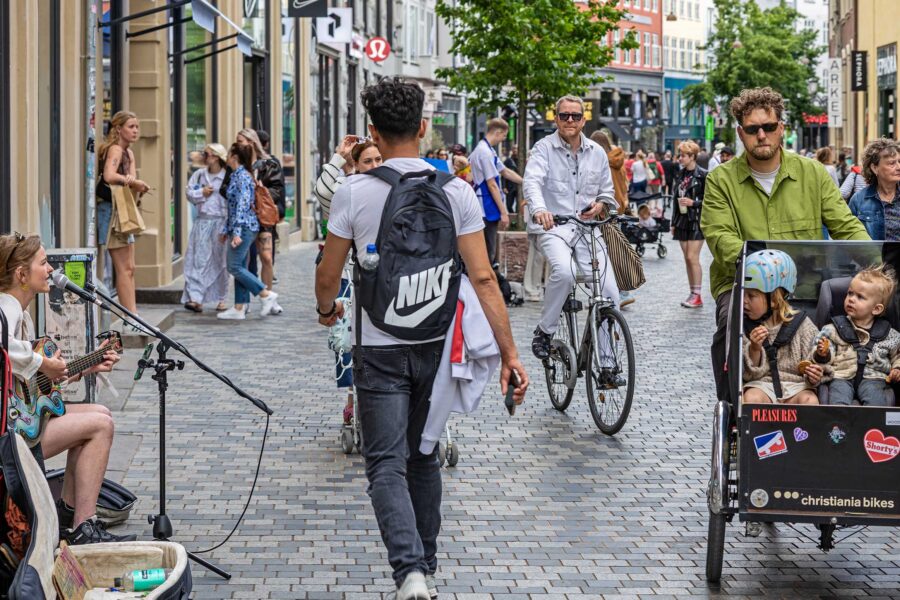Reproductive health is the bedrock of healthy societies and economies
People’s rights to decide freely about sex, contraception, and parenthood are central to human dignity, economic growth, and gender equality – yet they remain under attack worldwide. Without urgent action to protect and expand these rights, decades of progress risk being undone, with young people bearing the greatest cost
Gender — Global
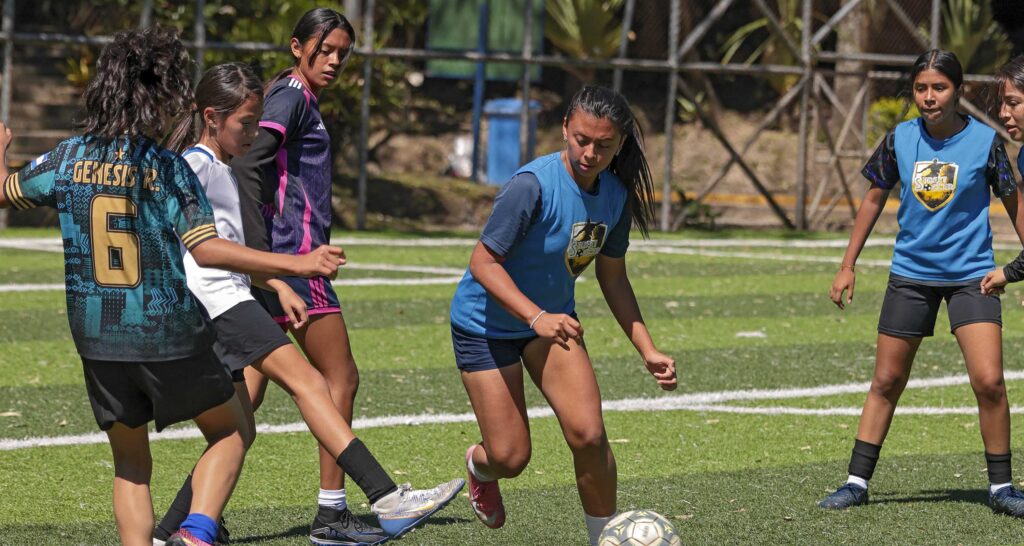
Sexual and reproductive health and rights (SRHR) are essential to the overall wellbeing, dignity, and futures of adolescents and young people. These rights form the foundation of healthy communities and thriving economies. Yet today, SRHR remains under attack, with progress stagnating or reversing in many countries.
Recent data reveals some gains: births to girls aged 15 to 19 have fallen by a third since 2000, largely due to improved access to contraception, safe abortion, and comprehensive sexuality education. But alongside these gains, the United Nations Population Fund’s 2025 State of World Population Report warns of a global crisis in bodily autonomy. Too many young people still cannot make free, informed choices about sex, contraception, or their futures.
Discriminatory laws, harmful social norms, underfunded services, and rising anti-rights movements all continue to act as barriers to SRHR. These efforts are bolstered by disinformation, reduced freedom for public participation, climate-driven displacement, and conflict.
Girls and young women face these intersecting crises most acutely. In humanitarian contexts, where services are overstretched and protection systems are failing, SRHR are often sidelined as non-essential. This could not be further from the truth. In emergencies, the risks of sexual violence, unintended pregnancy, and early marriage all increase – making access to quality, age-and-gender-responsive sexual reproductive health services a lifesaving necessity.
A rollback with global consequences
The rollback on rights is global. Between 2019 and 2022, gender equality declined or stagnated in 40% of countries, according to the 2024 SDG Gender Index. At current rates, full equality remains more than a century away. The Sustainable Development Goals (SDGs) are clear: we cannot achieve SDG 3 (health), SDG 4 (education), or SDG 5 (gender equality) without protecting and expanding access to SRHR. Indeed, three-quarters of the SDGs are unachievable without gender equality and access to SRHR.
Evidence points to what works. Comprehensive sexuality education improves sexual and reproductive healthoutcomes when paired with youth-friendly services. Legal reforms that remove age and marital status restrictions arekey. Respectful, non-discriminatory care – including in crisis settings – is vital. Yet these proven interventions remain under-prioritized and underfunded, despite being a human right for all individuals.
Meanwhile, public and political will is faltering. The global funding gap is stark. Since 2023, official development assistance (ODA) has been slashed by an estimated USD 60 billion. This includes gender-focused aid, already a small share of global funds. Only 4% of ODA goes to programs with gender equality as the primary objective. And just 0.34% reaches women’s rights organizations – with even less funding flowing to girl-led and youth-led groups.
The cost of starving movements
This matters. These movements are often the first to respond to backlash and the strongest voices for change. Yet they face chronic barriers in navigating adult-centric, rigid donor systems. The result: transformative, localized work is under threat, and young leaders are being forced to scale back or shut down.
In Peru, 17-year-old Luisana – a Venezuelan migrant – is one of many who has experienced exclusion and now feels empowered. Initially faced with xenophobia and isolation, she found belonging through peer-led SRHR education sessions in her community. “I feel quite empowered on issues such as sexual and reproductive rights,” she shared. “If my friends ask me a question, I can answer with confidence because the information is verified and reliable.”
Luisana’s story is not unique. It reflects a global truth: when adolescents have access to knowledge, supportive networks, and inclusive services, they are better equipped to navigate challenges, advocate for their rights, and shape their futures. These outcomes are measurable. Investing in girls’ education and SRHR reduces poverty, improves health, delays marriage and unintended pregnancy, and boosts economic growth. Every dollar invested in SRHR generates over 8 dollars in social and economic returns.
The price of inaction
But without sustained investment, this progress could unravel. Foreign aid cuts, combined with the deliberate spread of misinformation and political regression, put decades of gains at risk. Comprehensive SRHR programs are not luxuries. They are cost-effective public health interventions and essential, rights-based commitments.
The path forward requires bold, urgent, and context-specific action. Governments must repeal discriminatory laws, expand legal entitlements, and enshrine bodily autonomy as a non-negotiable right. Donors must increase direct, flexible funding to youth-led and feminist organizations, and simplify funding mechanisms. Schools, hospitals, clinics, and other medical services should provide accurate, clear, positive sex education and welcoming healthcare tailored to a person’s gender, age, and developmental stage. Humanitarian systems must fully integrate SRHR as lifesaving, alongside food, water, and shelter.
Most importantly, young people must be seen not only as beneficiaries, but as co-creators of policy, services, and accountability systems. Their lived realities, leadership, and solutions must shape how we move forward.
We have the tools, evidence, and urgency. What is needed now is the political courage to prioritize adolescent SRHR in global and national agendas. Without it, we risk leaving a generation behind – not just in health, but in hope.
Sexual and reproductive health is not a side issue. It is the foundation of equality, prosperity, and peace. The moment to protect it is now.
About Plan International
Plan International is an independent development and humanitarian organization that advances children’s rights and equality for girls. We believe in the power and potential of every child but know this is often suppressed by poverty, violence, exclusion, and discrimination. And it is girls who are most affected.
Working together with children, young people, supporters, and partners, we strive for a just world, tackling the root causes of the challenges girls and vulnerable children face. We support children’s rights from birth until they reach adulthood, and we enable children to prepare for and respond to crises and adversity. We drive changes in practice and policy at local, national, and global levels using our reach, experience, and knowledge.
For over 85 years, we have rallied other determined optimists to transform the lives of all children in more than 80 countries.
We won’t stop until we are all equal.
Featured in:
UNGA 2025 edition: Restoring hope
An effective multilateral response is needed for an ever increasing number of crises. At the same time, the UN – the heart of the multilateral system for 80 years – is under attack from nations trying to defund and disempower it. Radical reform is clearly needed. Whatever form that takes, it should be guided by and designed to support the SDGs.
This edition considers the impacts of inequality and conflict, and explores ways to build a fairer, safer future through education, technology, economic development and global partnerships.
Authors include Adriana E. Abdenur, Julia Bunting, Richard Gowan, Samira Rashwan, Shari Spiegel, Ariesta Ningrum, Grayson Fuller, Joanne Raisin, Susan Gardner and Roya Mahboob.
Publication date: 22 September 2025

